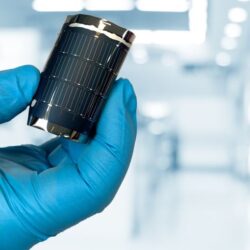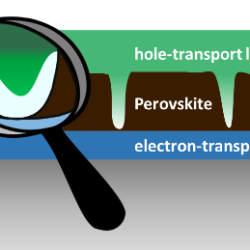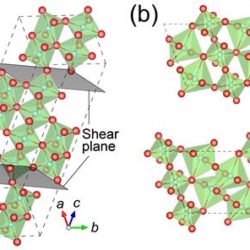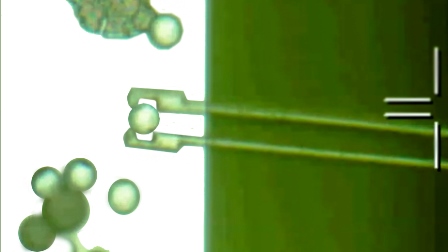Efficiency of flexible solar cells to a new limit
A group of scientists at Empa has pushed the efficiency of flexible solar cells to a new limit. Independent measurements revealed an efficiency of 21.4 percent when these types of solar cells convert light into electricity. For comparison: the best efficiency of a non-flexible solar cell made of crystalline silicon is reported at 26.7 percent. Read more about Efficiency of flexible solar cells to a new limit[…]





